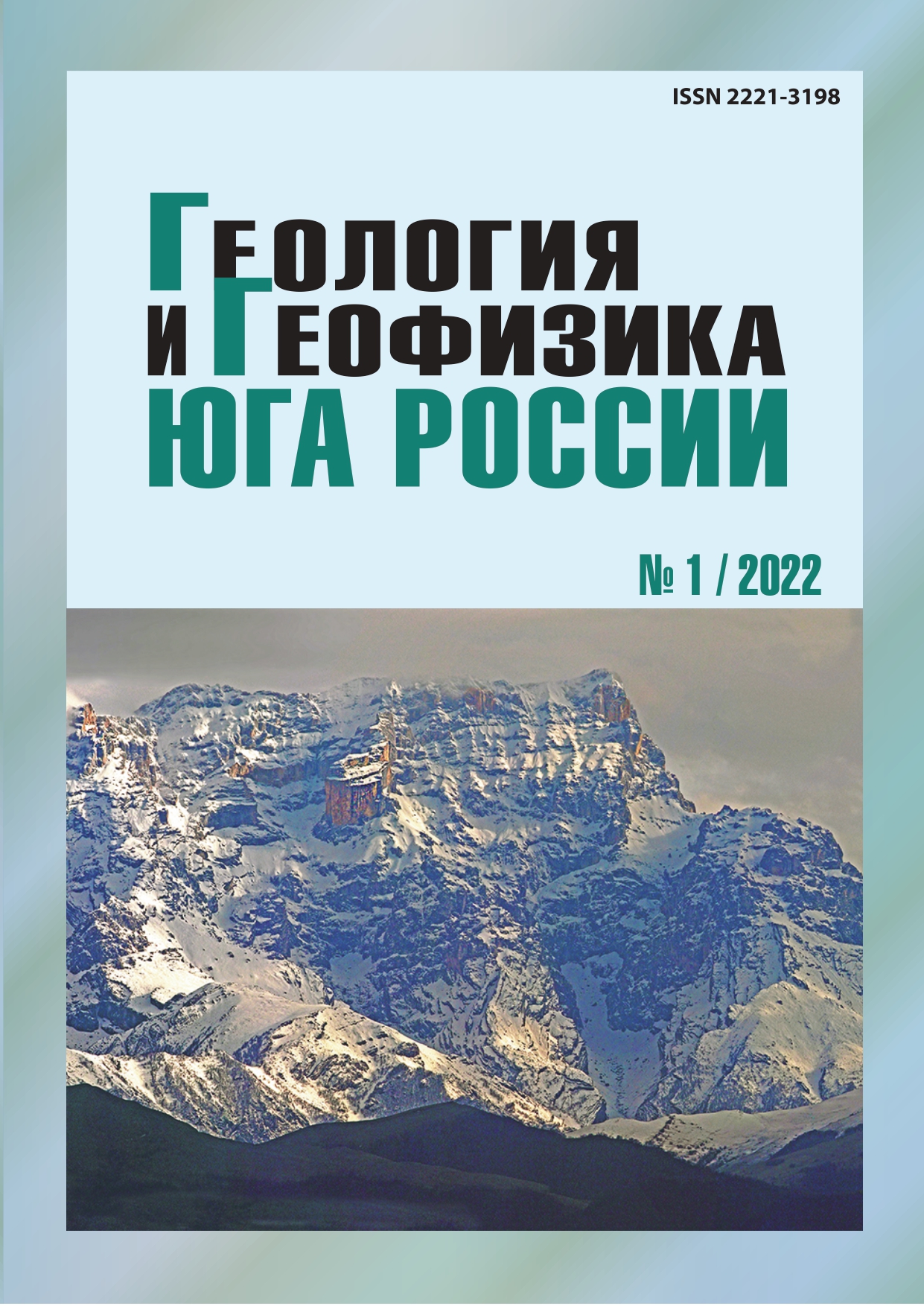Monte Cristo Range earthquake May 15, 2020: calculated intensity and macroseismic field
Abstract
Relevance. When studying the seismic effect of the occurred earthquake, the collected macroseismic data are of great importance. To design the most reliable map of the macroseismic field, it’s necessary to have the sufficient number of such data, which descript accurately, how and under what circumstances the earthquake was felt. However, in sparsely populated regions, collecting such information is often impossible. In similar situations, the lack of near-field data is particularly sensitive. This is the case of the Monte Cristo Range earthquake, 15.05.2020, MW = 6.5, which occurred in Western Nevada. The nearest settlement from the epicenter was at a distance of» 59 km. In addition, there were not only strong ground motion instruments, but also regional seismic stations near the epicenter. The nearest seismic station that recorded the event was at a distance of» 39 km. In the absence of information or their extremely small number, the construction of isoseists near the epicenter can be made only by theoretical calculations. Global or regional empirical attenuation curve is used. Usually, the attenuation law is described by single curve. The accuracy of such constructions is low. The separation of several zones in the earthquake wave field with their individual attenuation laws and the correlations between the vibration parameters and the parameters of the earthquake source and ground conditions significantly improves the accuracy of calculations. The article proposes a methodology for calculating accelerations and intensities based on empirical data. The aim of the work is study of the macroseismic field of the Monte Cristo Range earthquake, 15.05.2020, MW = 6.5: assessment of peak accelerations and intensity in the near-field of this earthquake. Research methods – analysis of available data on the earthquake, and development of attenuation curves for this seismic event, calculation of peak ground accelerations, duration of oscillations and assessing intensity. Results of the work – for Monte Cristo Range earthquake, 15.05.2020, PGA attenuation equations were proposed and the seismic effect in the near-field was estimated.


